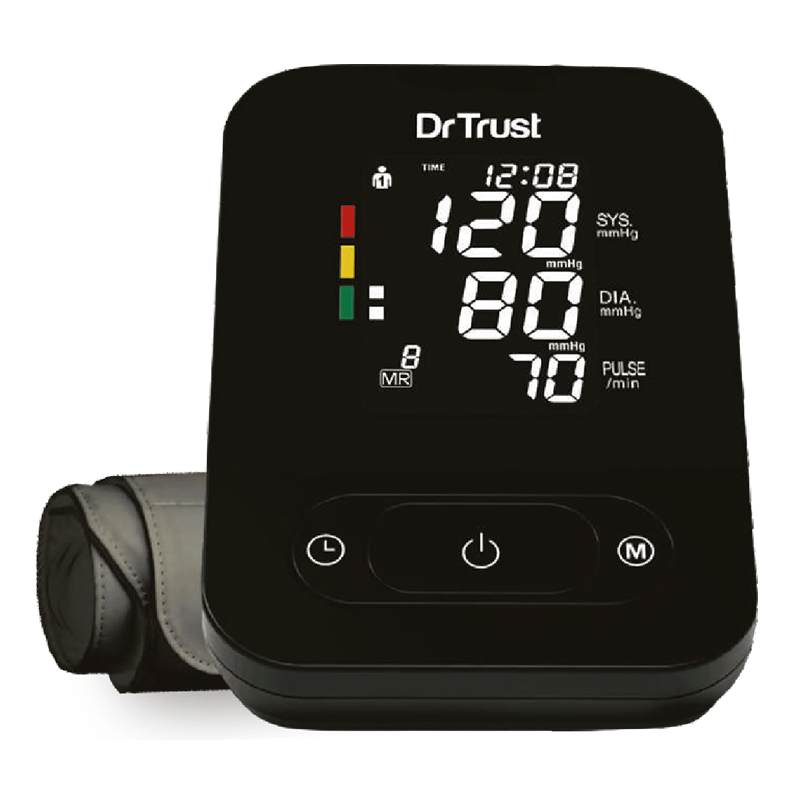Two years ago, my cousin Swara Raj started experiencing some unusual symptoms. She found herself constantly thirsty, fatigued despite a full night’s sleep, and her vision occasionally became blurred. Initially, she dismissed these issues as normal signs of aging or stress. However, a routine check-up revealed that her blood sugar levels were in the prediabetic range. This diagnosis was a wake-up call for her, encouraging immediate action to prevent the progression to type 2 diabetes. Instead of resorting to medication, Swara decided to make significant lifestyle changes. Here’s how you can do the same by recognizing early warning signs and managing prediabetes without medication.
1. Increased Thirst and Frequent Urination
One of the early signs of prediabetes is increased thirst and frequent urination. Elevated blood sugar levels force your kidneys to work harder to filter out excess sugar, leading to dehydration and increased thirst.
2. Fatigue
Persistent tiredness can occur because your body struggles to utilize sugar for energy effectively. High blood sugar levels mean cells can’t absorb glucose, resulting in constant fatigue.
3. Blurred Vision
High blood sugar can cause the lenses in your eyes to swell, leading to blurred vision. If you notice frequent changes in your vision, it may be time to check your blood sugar levels.
4. Unexplained Weight Loss
Despite maintaining a regular diet, you might lose weight unexpectedly. This happens because your body starts burning muscle and fat for energy when it can’t access glucose efficiently.
5. Increased Hunger
Feeling unusually hungry even after eating can indicate prediabetes. Your muscles and organs aren’t receiving enough energy due to insulin resistance, causing increased hunger.
6. Slow-Healing Sores or Frequent Infections
High blood sugar levels impair your body’s ability to heal and fight infections. If you notice that sores or cuts take longer to heal or you frequently get infections, it could be a sign of prediabetes.
7. Darkened Skin Areas
A condition called acanthosis nigricans can cause dark, velvety patches of skin, usually around the neck, armpits, or groin. This often indicates insulin resistance.

Untreated diabetes can cause stroke, kidney disease, and loss of vision. It can also lead to at least eight different skin conditions, many of which involve itching. About half of people with diabetes will suffer from neuropathy, which is nerve damage that starts with tingling in the extremities and can progress to more severe conditions, sometimes requiring amputation, as my great-grandmother unfortunately experienced.
Managing Prediabetes without Medication: 7 Tips to Attempt Today
My cousin Swara decided to tackle her prediabetes head-on with significant lifestyle changes. Want to know the fastest route to reverse prediabetes? Here are some simple tips you can try right away.
📌Tip # 1. Maintain a Healthy Diet
Swara adopted a diet rich in whole foods, such as vegetables, fruits, whole grains, and lean proteins. She significantly reduced her intake of refined sugars and processed foods, which helped stabilize her blood sugar levels.
The Mediterranean diet is a good choice for people with prediabetes. It focuses on whole grains, lean protein, and healthy fats. Check out this article to learn more about it.
📌Tip # 2. Regular Exercise
She started walking briskly for 30 minutes every day and added cycling to her routine on weekends. Physical activity helped her body use insulin more efficiently and contributed to her overall health.
📌Tip # 3. Weight Management
By combining a healthy diet and regular exercise, Swara managed to lose 10% of her body weight. This small reduction had a significant impact on improving her blood sugar levels.
📌Tip # 4. Stress Management
Swara incorporated yoga and meditation into her daily routine. These practices helped her manage stress, which in turn stabilized her blood sugar levels.
📌Tip # 5. Regular Blood Sugar Monitoring
We bought her a home blood glucose meter to monitor her blood sugar levels regularly. This helped her understand how her diet and activities affected her blood sugar and allowed her to make necessary adjustments.
📌Tip # 6. Stay Hydrated
She made sure to drink at least eight glasses of water a day. Drinking plenty of water helped her kidneys flush out excess sugar.
📌Tip # 7. Adequate Sleep
Proper rest was essential for her overall well-being. Swara ensured she got 7-8 hours of quality sleep each night, which helped maintain her healthy blood sugar levels.
Importance of Blood Sugar Monitoring🩸💉🏥🅱️
Most importantly, regular blood sugar monitoring was crucial in Swara’s journey to manage prediabetes. It helped her understand how different foods, activities, and stress levels affected her blood sugar. This knowledge allowed her to make informed decisions about her lifestyle and diet, maintaining healthy blood sugar levels and avoiding complications.
Click to Buy a Reliable Glucometer
FAQs
Q1: What are the common signs of prediabetes?
Ans: Common signs of prediabetes include increased thirst, frequent urination, fatigue, blurred vision, unexplained weight loss, increased hunger, slow-healing sores, frequent infections, and darkened skin areas.
Q2: How can I manage prediabetes without medication?
Ans: You can manage prediabetes by maintaining a healthy diet, engaging in regular exercise, managing your weight, reducing stress, staying hydrated, getting adequate sleep, and regularly monitoring your blood sugar levels.
Q3: Why is sugar monitoring important for prediabetes?
Ans: Sugar monitoring is important because it helps you understand how different factors affect your blood sugar levels. This knowledge allows you to make informed lifestyle choices, maintain healthy blood sugar levels, and prevent the progression to type 2 diabetes.
Q4: What lifestyle changes can help prevent the progression of prediabetes to diabetes?
Ans: Lifestyle changes that can help include eating a balanced diet, exercising regularly, losing excess weight, managing stress, staying hydrated, and ensuring you get enough sleep. Regular monitoring of your blood sugar levels is also crucial.














